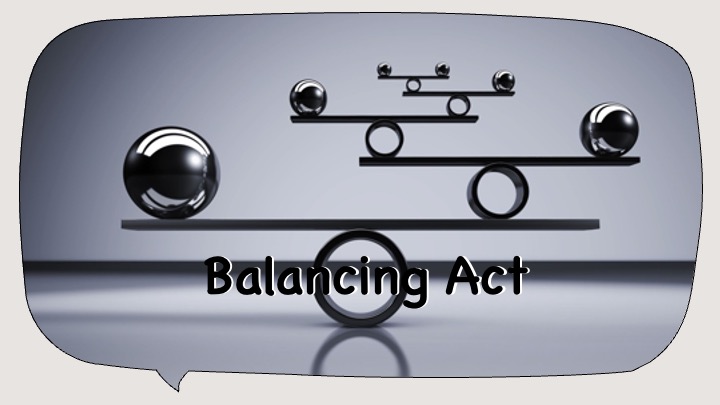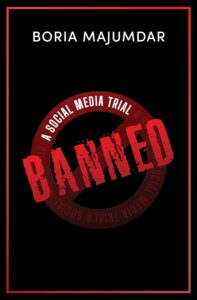
The scrambling before the Supreme Court on August 18 had urgency and panic written all over. The Indian Olympic Association (IOA), its future clouded by a Delhi High Court order on August 16, was still reeling in distress the following day, but it found unexpected relief. Serious concerns were raised and National interest cited for the Supreme Court to order status quo.
IOA Senior Counsel DN Goburdhun and Solicitor General Tushar Mehta, appearing for the Government, mentioned at the first hearing of a Special Leave Petition on Monday that, because of the order passed by the Delhi High Court to have a Committee of Administrators to run IOA, Indians could lose the chance to compete in events, including the Olympic Games.
Curiously, the Delhi High Court appointed a Committee of Administrators to run IOA in response to a prayer by the Central Government counsel. This U-turn baffled not a few, but it will take some time to understand if the Central Government counsel in the High Court was really unaware of the likely consequences of a COA taking over the reins of IOA.
Be that as it may, there are two misconceptions that have not been addressed. First, the International Olympic Committee (IOC) is not an association of International Sports Federations (IF). Second, it is also not an assembly of National Olympic Committees (NOC). IFs and NOCs as well as IOC as seen as constituents of the Olympic Movement.
So, what is the structure of the IOC as envisaged by the Olympic Charter, which everyone now swears by?
- It says the total number of IOC members may not exceed 115. The majority of members, more often than not 70, are not linked to any specific function or office. In other words, these are individuals who may not may not have anything to do with NOCs or IFs.
- The other 45 members are divided into three groups of active athletes, Presidents or senior leaders of IFs and Presidents or senior leaders of NOCs. None of these groups can exceed 15 members in IOC. The recruitment and election of the 115 members is handled by the IOC – its Members Election Commission, its Executive Board and, finally, the IOC Session.
There are two things to note here. First, IOC gives space to representatives of regional Olympic Committees. Second, it does not include representatives of all IFs in the Olympic programme as IOC Members. There may be a third point, too. The number of athlete representatives in IOC is 15, accounting for 13.04 per cent of the total voting members.
So, it may only have been over-enthusiasm on the part of those who suggested to the Delhi High Court that 25 per cent of the general body and executive committee of IOA and NSFs must comprise of prominent athletes; and asked for the removal of SOAs from IOA’s electoral college while conceding some ground to the NSFs of non-Olympic sport.
It will be interesting to trace the genesis of this campaign against SOAs.
Some three weeks after putting together a compilation of directions issued to IOA and NSFs since 1975 in the form of the National Sports Development Code of India 2011, the Ministry wrote the IOA on February 23, 2011, stating that the inclusion of SOAs as voting members is not in conformity with the Olympic Charter and that the IOA should be a confederation of NSFs dealing with Olympic Sport and not of its own affiliated and other sports bodies.
A reading of the National Sports Development Code of India 2011 will show that it does not envisage the removal of the State Olympic Committees from the IOA membership. For that matter, even the Draft National Code for Good Governance 2017 does not mention taking away the voting rights from State Olympic Associations and NSFs of non-Olympic Sport.
Mr. Injeti Srinivas, who drew on his experience as Joint Secretary in the Ministry of Youth Affairs and Sports wrote in The Hindu on December 12, 2012, that IOA had erred in giving voting rights to State Olympic Associations and non-Olympic sports bodies. He chaired the panel that wrote the Draft National Code for Good Governance 2017 which did not bar SOAs.
Even more curious is that the fact that the Ministry did not file an affidavit in response to the Delhi High Court direction on December 19, 2013, to show the rationale of allowing participation of SOAs in the election and decision making of the National Olympic body in the context of the National Sports Development Code of India 2011.
The Court wrote: “SOAs are not necessary in the IOA structure. They have no worthwhile role or history of having added to sports development in the country for half a century. Sports promotion and administrative action can be carried out through managers, employees and consultants from whom there will be accountability, rather than having multiple SOAs.”
Even as recently as earlier this year, Mr. Srinivas ignored over the fact that the Charter allows ‘multi-sports groups and other sports-oriented organisations or their representatives, as well as nationals of the country liable to reinforce the effectiveness of the NOC or who have rendered distinguished services to the cause of sport and Olympism’ to be members of an NOC.
Let us now examine what the Olympic Charter says about the composition of NOCs. It lays down that NOCs must include all IOC members in the country, all NSFs affiliated to the IFs governing sports including the programme of the Olympic Games and representatives of athletes elected by the Athletes Commission.
The Charter also says NOCs may include NSFs of sports whose IFs are recognised by IOC but are not part of the Olympic programme, multi-sports groupd and other sports oriented organisations as well as nationals of the country liable to reinforce the effectiveness of the NOC or who have rendered distinguished services to the cause of sport and Olympism. Surely, SOAs can be considered as multi-sports groups or sports-oriented organisations.
In case powers-that-be do not like the idea of Olympic Associations from 36 States and Union Territories, IOA can choose to give SOAs only a proportionate representation in the General Body and the Executive Committee each year. Just as the IOC allows 15 representatives of regional Olympic Committees (NOCs), IOA can also have as many SOAs in the electoral college as NSFs and athlete representatives.
There should be no problem with having SOCs. Like all constituents of IOA, it should be the easiest thing to ask for compliance with the National Sports Development Code of India 2011. IOA, with an independent Ethics Commission watching, should downgrade SOAs as Associate Members which do not engage in active sports development.
The Olympic Charter describes IFs and NOCs as constituents of the Olympic Movement but IOC grants formal recognition to them. The representatives of these constituents gather, at intervals determined by IOC, in the Olympic Congress. The Charter makes it clear that the role of the Congress is consultative. The IOC Session, comprising 115 members reigns supreme.
What is the one requirement of the Olympic Charter?
It specifies that the voting majority of an NOC and of its executive body shall consist of the votes cast by the NSFs (of Olympic disciplines) or their representatives in matters concerning Olympic sport. And that can be easily ensured by anyone who is empowered to amend the IOA Constitution.
When dealing with questions relating to the Olympic Games, only the votes cast by such NSFs and by the members of the executive body of the NOC are to be taken into consideration. Subject to the approval of the IOC Executive Board, an NOC may also include in its voting majority as well as in the votes taken into consideration on questions relating to the Olympic Games, the votes cast by the IOC members and by the elected representatives of athletes.
They key thing is that the Charter reserves this right for questions relating to Olympic Games are concerned. It does not specify what can be done when questions relating to non-Olympic disciplines are taken up. It should not matter so long as NSFs of the Olympic disciplines have a majority of votes in the General Body and the Executive Committee.





